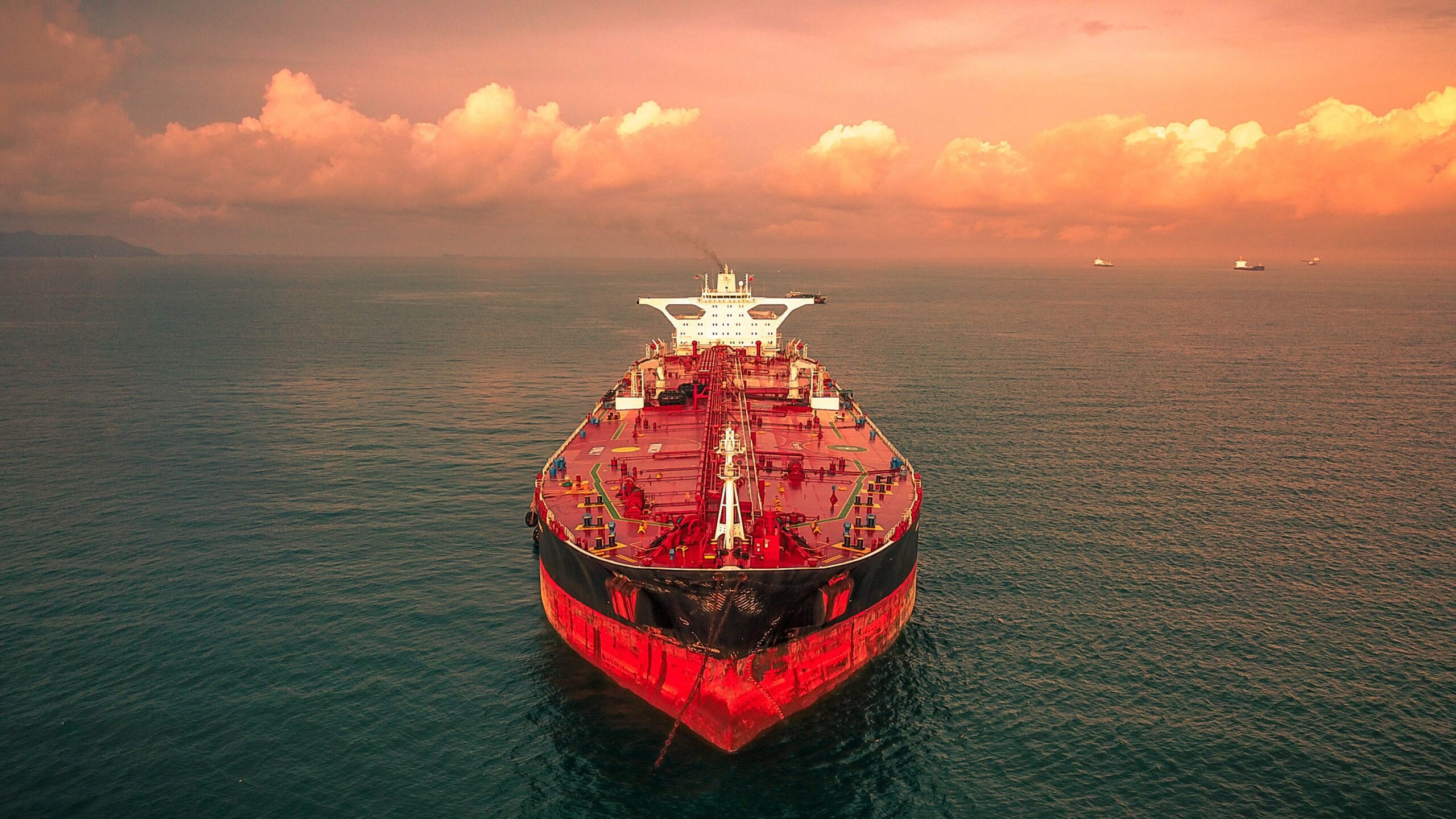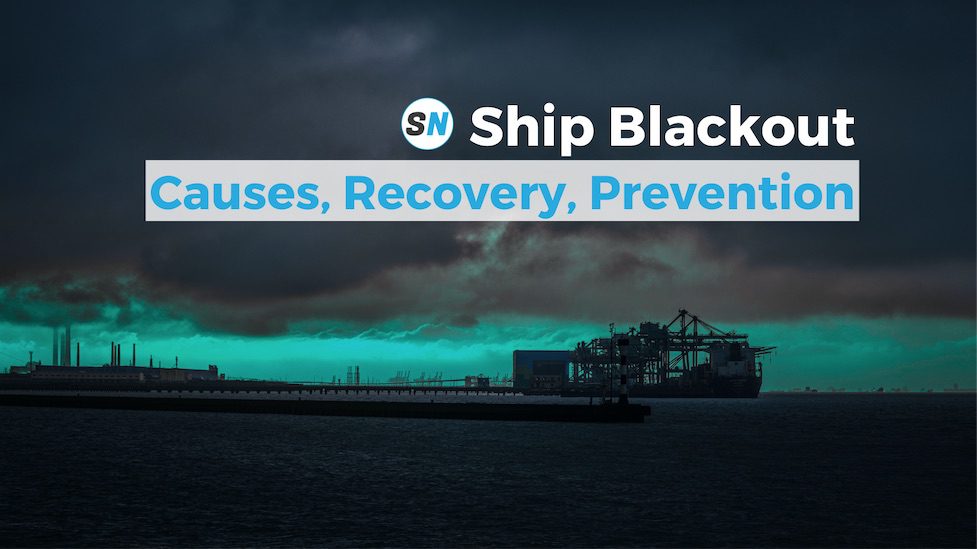28 November 2024
Hull Roughness – How it Works?

The roughness of the underwater hull of a ship is a significantly important factor. It has adverse effects on its performance in a seaway and directly affects fuel consumption and thus emissions. Note, that hull roughness is measured from time to time, mainly during the dry-docking of the ship.
Definition
The difference between the smooth underwater surface of the hull as derived from the lines plan and the actual shape of the hull surface. Thus, it includes factors such as paint surface texture, corrosion nodules, plate waviness, weld beads, etc.
Moreover, hull roughness is categorized into; small-scale surface, and structural which refers to the weld beads and plate waviness. However, for convenience, we refer to small-scale surface roughness as hull roughness.
Measurement
So far, there are two practical methods for the measurement of hull roughness using a 50 mm sampling length:
- Envelope Curve method
- Peak to Trough method
For most surface profiles the two methods yield numerically similar results. When calculating the average roughness of a large number of profiles, as in a typical hull roughness survey, the results given by the two methods are essentially the same
The Envelope Curve method is associated with the British Ship Research Association (BSRA) wall gauge. Now, the Peak to Trough method, using the BSRA hull roughness Analyser has generally been accepted as the new standard gauge.
The establishment of maximum roughness height within a sampling length of 15mm turned arbitrary some years ago. But, appears to correlate reasonably well with measured ship performance. However, other more complex measures of the surface geometry are relating roughness to drag in a more integrated way.
Mean Aparent Amplitude, MAA
This is the arithmetic mean of the MAA values of each measurement surface profile. Specifically, the Envelope Curve method can determine the individual profile MAA. These profiles comprise a large number of locations distributed around the underwater hull.
Average Hull Roughness, AHR
This is the arithmetic mean of the individual profile “mean height of roughness”, MHR, values for each location. We measure MHR by the Peak to Trough method.
Analyzer
A Hull Roughness Analyser (HRA) consists of a portable microprocessor and a display unit. Thus, the computer connects to the handheld stylus with the measuring head. The analyzer operator puts the sensor around the hull surface to measure and record the hull roughness profile (see Figure 1).
The roughness check covers approx 100 selected locations which must include bow, stern, midship, and boot topping area.
The typical Roughness or AHR of a ship when it is new is approx 120 microns. On the contrary, an 8-year-old ship will have AHR between 300-400 microns due to fouling and deterioration.

Causes
Newbuilding
At this stage, the main cause of roughness is the nature of the paint itself combined with inadequacies in the application process. Consequently, giving rise to an increase in AHR, commonly encountered in the practice period.
Alternatively, the fabrication work and the disposition of the launching apparatus, if any, may also cause locally high values of roughness.
In-Service
There are many possible causes of in-service hull roughening including routine dry-docking, but the most important causes are as follows:
Condition of Paint System
- Paint system failure in service
- Damage paint in service
- Thixotropy of paint, resulting in poor flow characteristics of the applied paint
- Poor paint application standards, including poor cleaning at each dry-docking
- Build-up of old, spent antifoulings
- Effect of environment on painting operations
Electro-Chemical Corrosion
- Pitting
- Build up of corrosion products
It has been suggested that ships are frequently rougher on leaving dry-dock than they were on entering.
Effect on ship performance
It is difficult to provide a complete description of the typical hull surface roughness, the relationship between such surfaces, and their associated drag. Therefore, a complete predictive theory for the effect of roughness on ship performance is yet to come. The distribution of types of roughness over the hull surface and the effect of slime further complicates the problem. However, until a more fundamental approach is developed, the following methods assist the designer in assessing the magnitude of the roughness effect on performance.
In the following methods, the surface description parameter is the AHR. While this does not completely characterize a rough surface, it provides a means of making reasonable estimates of roughness drag.
- The initial power estimates for new ships and the effect of roughness on trial performance
- The required power service margin to take into account that part of the increased power requirement in service caused by hull deterioration
Note that, propeller roughness has an effect on ship performance as well. Reportedly, the propeller after three years may require an extra 7.5% power to overcome the surface roughness effect.
How to reduce Roughness
Newbuilding
- Blasting and priming of stock plates before fabrication
- Modern high-build coatings of thixotropic nature
- Quality control of painting operations
- Improve training in painting personnel
- Adequate access to all parts of the hull for painting and preparation
- Weather protection
- Use of novel approaches (ie. cupro-nickel cladding of steel plate – smooth, long-lasting antifouling surface. Electrostatic spraying – applying existing paint coating smoother
In-service
The rate of increase of hull roughness with the age of the ship (including dry-dockings) depends upon the following:
- Choice of coating material
- Quality of coating application
- Presence or absence of cathodic protection
Advances in coating material are constantly coming up. For instance, according to reports, the rate of increase in hull roughness for an “oleo-resinous” coat was 4 times more than one coated with a coal tar epoxy system, applied to a previously grit blasted steel substrate
Improvements in the quality of application are subject to the same comments as set out for new ships, with the additional requirement for careful supervision of the cleaning and preparation carried out prior to painting
Grit blasting
This is a cleaning process to remove the layers of old spent antifouling. Additionally, remove corrosion products and loosely adhere paint, thus easing the rough surface. After this process, the hull should return to an almost new condition. In case the shipowners delay the blast cleaning until severe corrosion of the steel substrate has occurred, the hull will not return to the nearly-new condition.
Several alternatives to full grit blasting briefed as follows:
- Grit sweeping
- Slurry blasting
Grit sweeping is a light blast to remove a specified proportion of the existing coating system.
Slurry blasting comprises water and an abrasive mixture for partial removal of the paint system. Hence, this appears to offer more control than grit sweeping.
Self Polishing coatings
Such antifouling coatings originally addressed the extension of the dry-docking period of ships. Particularly, these coatings release their biocide at a uniform rate, rather than exponentially releasing as in conventional antifoulings. This is accomplished by continual removal of the surface layer of coating as the ship moves through the water. Paint properties on the surface are preferentially polished away by local turbulence
References
- J.S. Carlton, Chapter 24 – Service Performance and Analysis, Editor(s): J.S. Carlton, Marine Propellers and Propulsion (Fourth Edition), Butterworth-Heinemann, 2019, Pages 509-533, ISBN 9780081003664, https://doi.org/10.1016/B978-0-08-100366-4.00024-9.
- Grant E Hearn, Andrew V Metcalfe, 12 – Hull roughness and ship resistance, Editor(s): Grant E Hearn, Andrew V Metcalfe, Spectral Analysis in Engineering, Butterworth-Heinemann, 1995, Pages 261-273, ISBN 9780340631713, https://doi.org/10.1016/B978-034063171-3/50014-2.
- TQC


